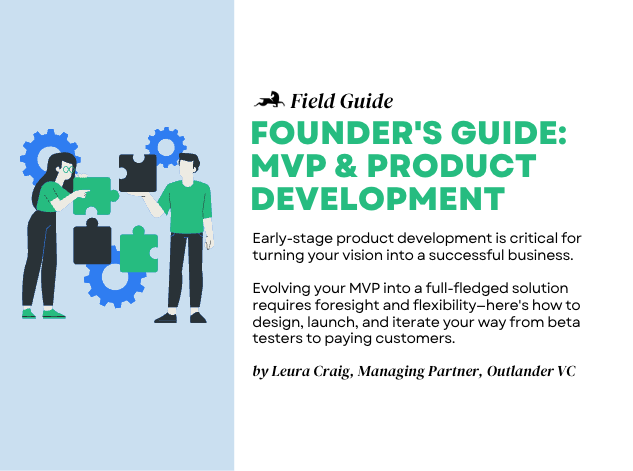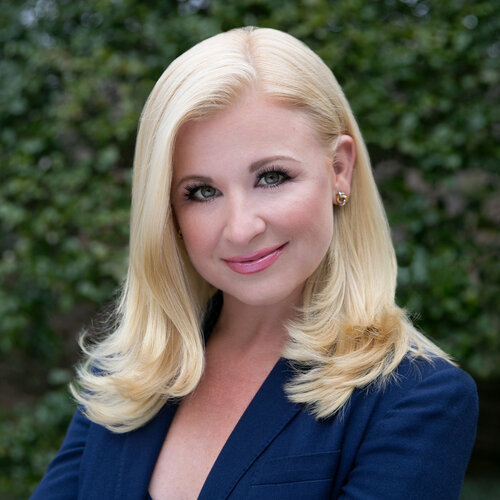Founder’s Guide to MVP & Product Development
Posted by: Leura Craig
Posted on 05/30/2023

Posted by: Leura Craig
Posted on 05/30/2023

Outlander VC invests at the earliest stages, which means that most of our portfolio companies are pre-revenue and pre-product businesses. All of these early-stage startups follow a similar trajectory: First, founders must turn their idea into a reality by building a Minimum Viable Product (MVP). Then, it’s mission-critical to get that MVP into your potential customers’ hands to test and validate. Based on this feedback, it’s time to iterate until you’ve built a product your customers are willing to pay for, and viola: revenue!
Effectively developing your MVP into a full-fledged product requires a lot of prioritization. Rome was not built in a day, and your solution won’t be either. After advising countless early-stage founders through this process, I’ve distilled this process into three distinct phases: designing, building, and iterating. Here are the most important considerations and most common founder pitfalls for each stage:
Early-stage product development is critical for turning your vision into a successful business. But the transition from MVP to full product will not happen all at once! Instead, you will gradually evolve your MVP into a full-fledged solution based on market feedback, scalability requirements, and business goals. And by following the steps outlined above, founders can effectively validate their assumptions, gather user feedback, and iterate toward building a robust product.
Remember, the key is to get your product into the hands of users as quickly as possible, gather feedback, and leverage data to fuel growth and, ultimately, achieve your startup’s North Star Metric.

Leura is a former founder and experienced investor who previously bootstrapped two startups as the founding CEO.
As we explore the unknown of each new investment, our Field Guides are where we document all that we learn along the way.
So, whether you’re actively raising, trying to break into VC, or interested in our game-changing portfolio, our Field Guide's got you covered.
Sign up now for exclusive access to funding opportunities, events/resources from our network of experts, updates from our portfolio, and more!